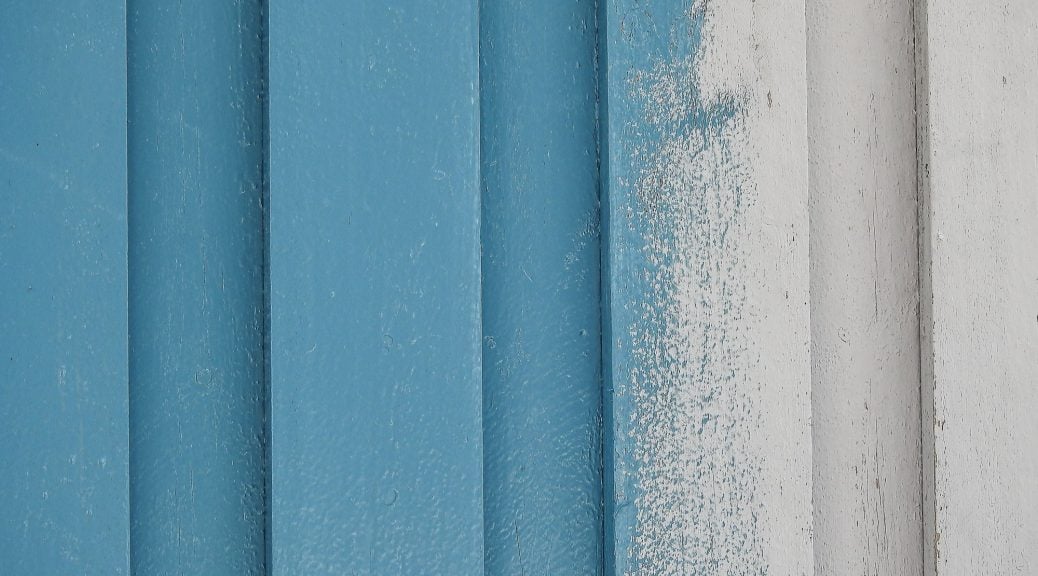Did you recently purchase a new home? What do you know about replacing the wood siding on the house?
Wood is an excellent, durable option to cover your home. It can last over 30 years and looks beautiful. But how do you know when to replace it?
If the siding is poor quality, it will need to be replaced before any damage occurs. Time and weather can wear away siding.
At any sign of an issue, it is best to replace your siding before any lasting damage costs you a fortune. There are many popular options to choose from.
Here is how you can tell if it’s time to replace your wood siding:
1. Broken or Cracked Wood Siding
Occasionally you will find a cracked piece of siding; this is no reason to replace the siding on the entire home. But, to prevent further damage, it is best to repair a siding board as soon as you see a crack.
If there is wood siding on your home that is cracked or broken, this could be a sign that you need to contact a contractor. There may be signs of damage or rot under the broken boards, which could damage your house.
2. Faded Wood Color
If your siding color is looking very worn out from the weather or the sun, this may be time to renovate! Good wood siding should last about 30 years if well taken care of.
If you are re-staining or re-painting your home every few years, it is definitely a sign that your wood siding needs updating. Either your siding boards have reached the end of their lifespan, or there is an underlying issue.
3. Warped or Loose Siding
If your siding is loose, it is susceptible to the forces of nature. Moisture can work its way into your structure and damage the wood siding. When you come across a loose board, make sure the wood does not feel damp.
Weather and wear cause a wood board to become warped. Check of the wood material feels soft; if so, that is a sign of rot.
Replacing a board is easy, but if the siding on your home is warped or loose in many places, you need to call a professional.
4. Bubbling on Wood
When water gets trapped in your siding, the wood will start to bubble. Bubbling is a sign that your wood siding is not sealed properly. The board needs replacement at the first sign of bubbling to prevent more serious problems.
Bubbling shows that there may be trapped water in your home. To prevent more damage to the structure, inside and out, have the siding replaced.
5. Signs of Mold or Mildew
Mold on wood siding is very common. More than likely, you only need to clean your wood siding.
Mold and mildew appear when the wood siding is sealed incorrectly, or the wood is not keeping water out. Check the wood boards for cracks as mold can build up there.
There may be a more serious issue when you spot mold, mildew, or fungus around the siding seams. Mold and mildew around the seams and on large areas signal that moisture has damaged the siding.
6. Dry Rot
Dry rot is a fungus caused by moisture build-up in the wood. Like mold or mildew, dry rot is a sign that you need your siding repaired.
Dry rot is difficult to spot because it can only affect the under layers of the wood siding. Here are some questions that will help you determine if your siding has dry rot:
1. Is there shrunken wood?
2. Is there any darkening or cracks in the structure?
3. Are there any cotton-like substances on the wood?
4. Is there a strange odor coming from the wood?
If you answered “yes” to any of these questions, contact a contractor to check your siding.
7. Peeling Paint Inside
When moisture is behind the paint, it tends to peel. If your walls need constant touch-ups from peeling and bubbling, this can be a sign that water is the problem.
Water damage inside the house can mean that the siding is causing this issue. If the siding is loose, rotted, or old, it does not protect your house from moisture.
When moisture works its way into the house’s structure; it can lead to paint peeling. It may be time to update your wood siding.
8. High Power Bills
Drafty windows or doors likely cause high energy bills each month. Although not common, it is possible that bad siding is to blame for your costly energy bill.
Bad quality boards and improper wood installation could be at fault. Failure to seal the siding properly or using the wrong paints can also cause heat to escape your home. Leaving you with high power bills at the end of the month.
If you notice a higher power bill and face any of the above issues, call your contractor!
We Can Help
Unfortunately, wood siding does not last forever. If you face any of the issues mentioned above, it might be time to look for a contractor for your siding needs. It is always best to repair it immediately, as you want to avoid any structural damage to your home.
Time to replace?
Wood siding is a beautiful, long-lasting option for your home. There are many options to consider. IPE Woods offer various color, durability, and prices to help you choose what’s best for you.
Check out Hardwood News to learn more about siding and hardwood!

